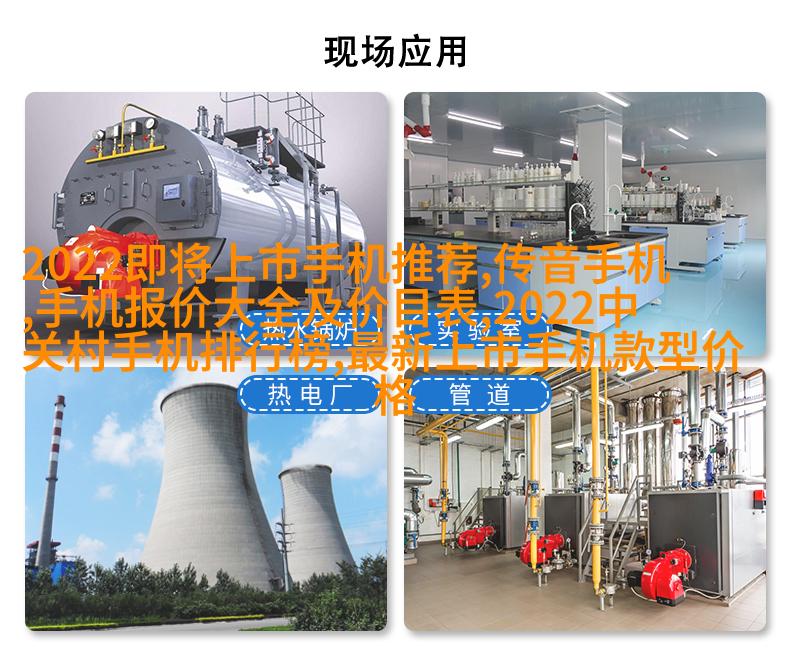
TDS标准参数对饮用水质量的重要性分析
一、引言

在众多影响饮用水质量的因素中,水质检测中的tds(总发散固体)标准参数扮演着至关重要的角色。tds值反映了水溶解物中的矿物质和其他不溶于蒸汽的化学物质含量,为确保饮用水安全提供了科学依据。本文将深入探讨tds标准参数对饮用水质量的重要性,以及如何通过这些参数来评估和改善饮用水源。
二、tds标准参数定义与意义

首先,我们需要了解tds标准参数是如何定义以及它们代表什么意义。在进行水质检测时,tds指的是一定体积(通常为1升)的纯净盐酸或硫酸用于稀释样品后所能吸收的一定重量单位(mg/L)。这个数值直接关系到液体中各种离子的浓度,是评价地下钻井液、工业废料处理流程等是否可行性的关键指标之一。对于饮用水来说,它同样是一个衡量点。
三、健康风险与环境影响

高水平的TDS会导致口感变差,使得人们难以接受,同时也可能带来潜在健康风险。当TDS超过一定限值时,不但会增加人体摄入过多无机盐分,从而引起心脏病、高血压等疾病,而且长期食用含有高TDS水平之较咸或较碱性之食材,对胃肠道造成刺激。此外,在自然生态系统中,高TDS还可能导致微生物生长受阻,从而破坏土壤结构和植物生长。
四、国际与国内tds标准对比分析

世界各国对于drinking water quality standard有不同的要求,但大多数国家都采用一种称为“ppm”或“mg/L”的测量单位,其中一个常见的例子是美国环保局(EPA)规定了4.0 mg/L作为最大允许tDSthreshold。中国则根据《生活飲用標準》規定,對於主要污染物如氯化鈣、氯化鎂等進行監測,并設置相應標準。而对于總發散固體(Total Dissolved Solids, TDS),則根據不同地區及使用目的設定不同的標準參數。
五、实际操作中的应用案例研究

为了更好地理解TDSThe importance of TDSThe importance of TDS in drinking water quality assessment and improvement, we can refer to some case studies.
For instance, the city of Flint in Michigan experienced a major public health crisis due to high levels of lead contamination in its tap water. The crisis was caused by a combination of factors, including poor maintenance practices and the use of corrosive river water instead of Lake Huron as the source for treated drinking water supply. In response to this incident, researchers have emphasized the need for more stringent regulations on TDS levels and better monitoring systems.
Another example is that some regions with hard rock aquifers may experience naturally high TDS levels due to geological processes. These areas require specialized treatment methods or alternative sources to meet EPA standards.
六结论
In conclusion, tdsstandard parameters play a crucial role in ensuring the safety and acceptability of drinking water supplies. By understanding tdsvalues and their implications for human health and environmental impact, communities can make informed decisions about how best to manage their resources effectively while protecting both public health and ecological balance.
The analysis above demonstrates that it is essential not only to monitor but also actively address issues related to excessive tdslevels through improved management strategies such as reducing chemical usage during treatment processes or implementing new technologies designed specifically for treating these types of waters.
By working together towards sustainable solutions that prioritize both people's well-being & our planet's future generations will be able enjoy clean safe drinkable freshwater without any worries!




